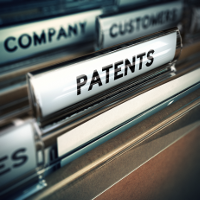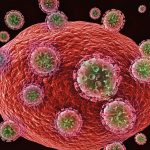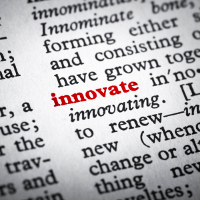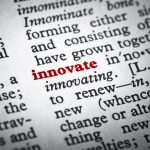 By Kevin Madigan & Adam Mossoff
By Kevin Madigan & Adam Mossoff
A key value in the empirical work done in the social sciences and in the STEM fields is that data is made public and available for review, testing, and confirmation. Humans are neither infallible nor omniscient, and thus this standard practice in empirical research has evolved as a way to ensure that mistakes are identified and corrected. Read more


 Last week, a group of CPIP scholars—Chris Holman, David Lund, Adam Mossoff, and Kristen Osenga—filed an
Last week, a group of CPIP scholars—Chris Holman, David Lund, Adam Mossoff, and Kristen Osenga—filed an  It is undeniable that the patent system has been
It is undeniable that the patent system has been  On February 16, 2017, CPIP hosted a panel discussion,
On February 16, 2017, CPIP hosted a panel discussion,  Following the Supreme Court’s four decisions on patent eligibility for inventions under
Following the Supreme Court’s four decisions on patent eligibility for inventions under  It is common today to hear that it’s simply impossible to search a field of technology to determine whether patents are valid or if there’s even freedom to operate at all. We hear this complaint about the lack of transparency in finding “prior art” in both the patent application process and about existing patents.
It is common today to hear that it’s simply impossible to search a field of technology to determine whether patents are valid or if there’s even freedom to operate at all. We hear this complaint about the lack of transparency in finding “prior art” in both the patent application process and about existing patents.  Alice has been busy the last two months, continuing to haunt the federal courts and the Knox and Randolph buildings at the USPTO.
Alice has been busy the last two months, continuing to haunt the federal courts and the Knox and Randolph buildings at the USPTO.